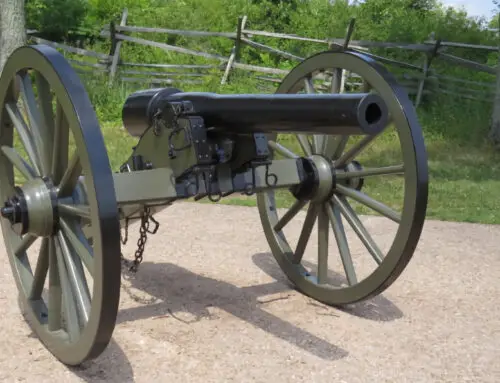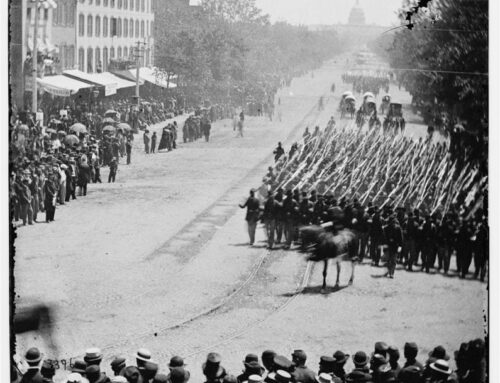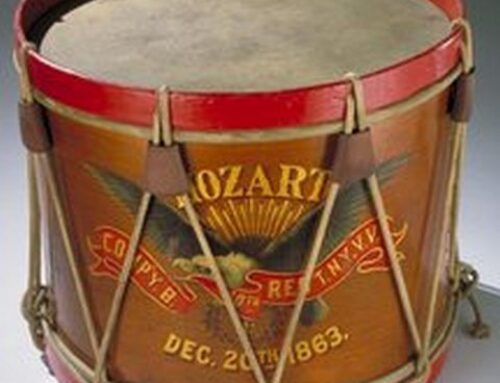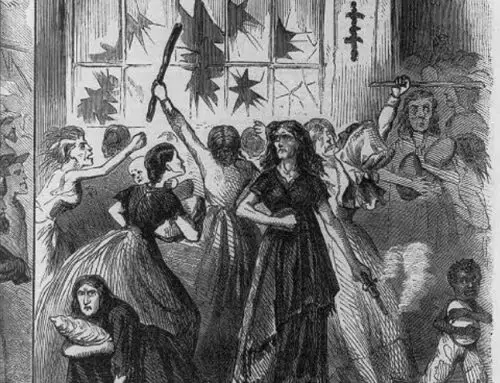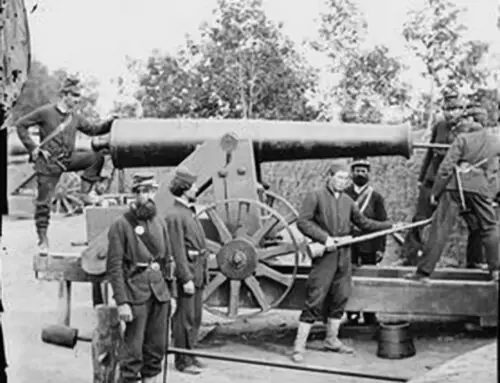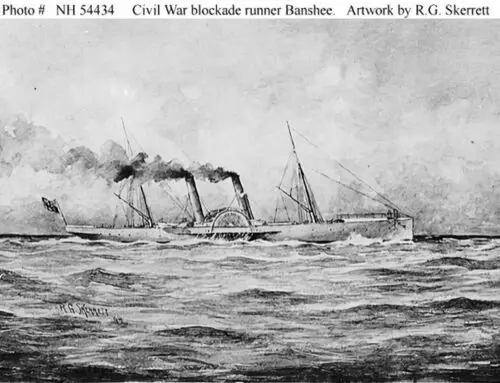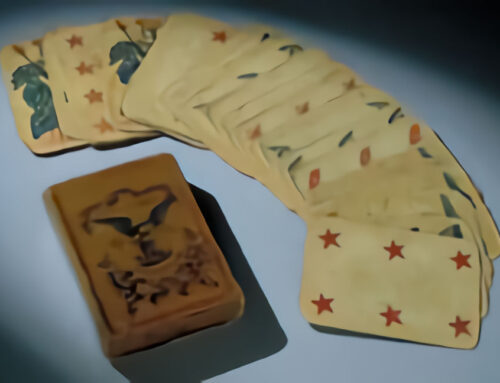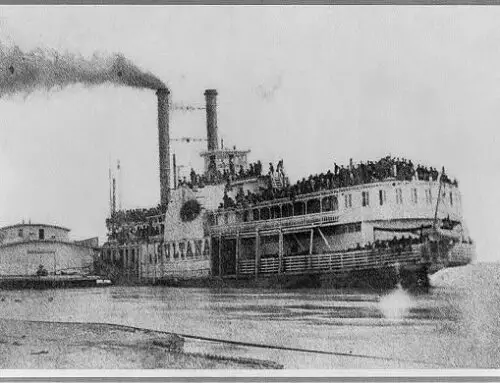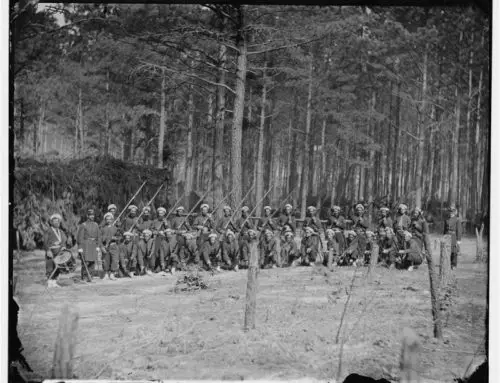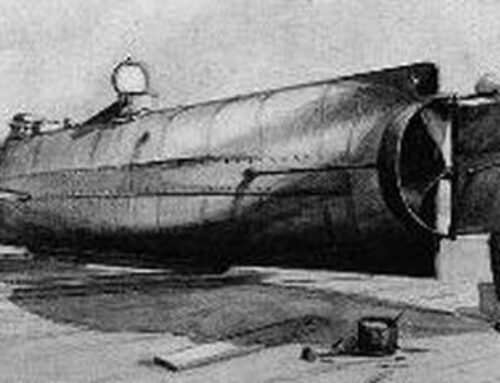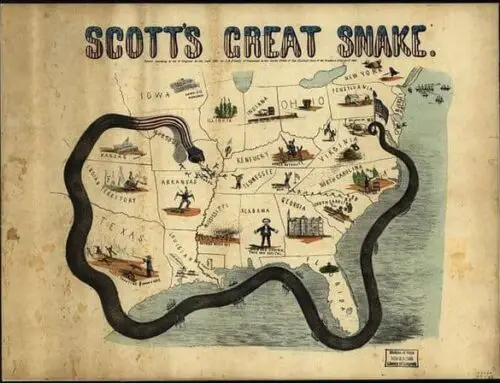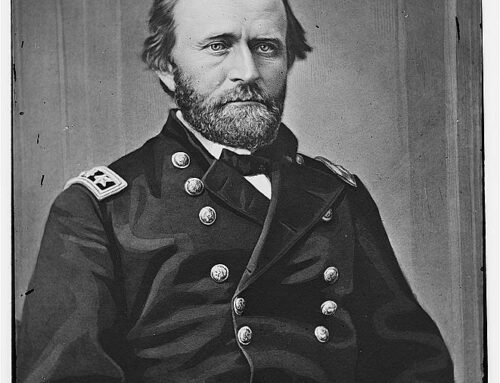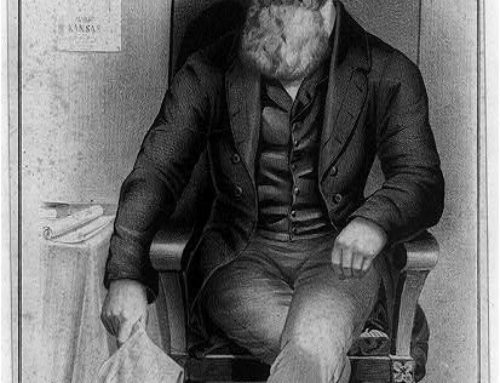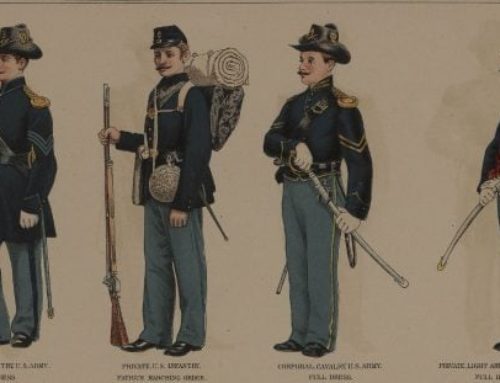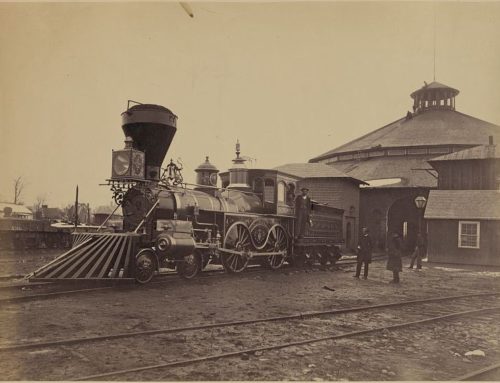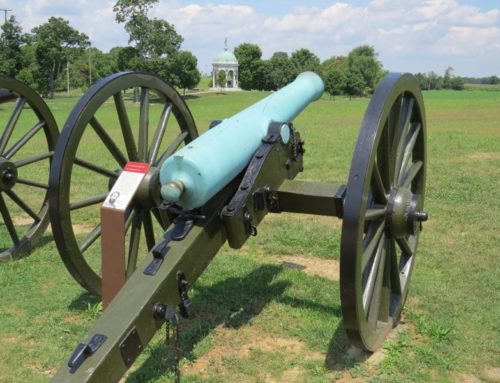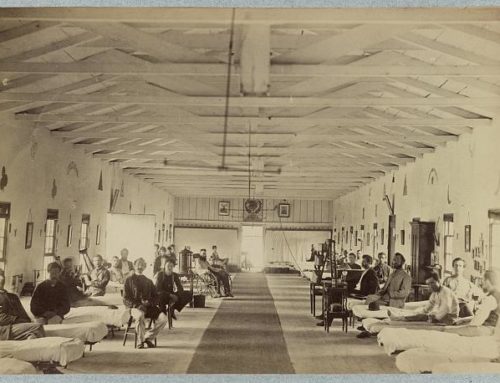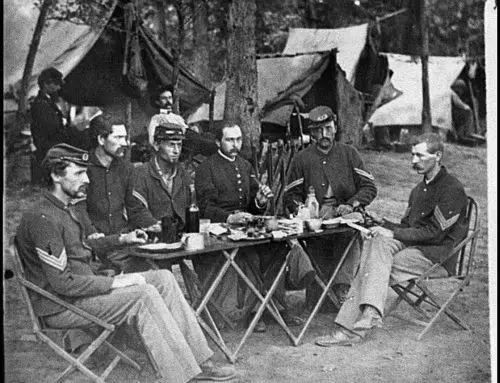September 12th – September 15th 1862
The battle of Harpers Ferry saw the Army of Northern Virginia, under the fantastic leadership of the South’s best commander, General Robert E. Lee, swam and waded across the Potomac River and waited. General Lee was good at patient things. His entire military career could be summed up in that fashion.
The leader of the Confederates was a force to be reckoned with indeed. The town of Frederick was the town in which Lee would have his army spread out in. Waiting.
When the time was exactly right, the Rebels attacked, the invasion of the Union had been initiated. War is hell. General Robert E. Lee, usually not seen as the gambling sort, counted on the Union troops occupying Harpers Ferry to withdraw from the town.
The gamble did not pay off as Lee watched as the 14,000 Yankee troops, did nothing. This was not in the battle plan for Lee yet as customary for the great Confederate General, he improvised. ‘Special Orders 191’ commenced.
Knowing, from scouts and other informant resources that the Union troops at Harpers Ferry were not in the best condition, Lee divided his army into four independent units.
The plan was to surround the ferry and force the Union into a surrendering posture. Hopefully without having to fire a shot. Normally Lee had no issue with blood shedding, but on this day he had another goal in mind after taking Harpers Ferry, a bigger fish was out there.
The state of Maryland. Lee waited and waited, yet the Yankee force was not in a hurry to leave the township and looked like they were ‘settling’ in for the long haul.
This upset Lee so much that he ordered his finest leader, General Stonewall Jackson to attack. Jackson opened up on the township with his big Confederate artillery guns, the force of which was devastatingly affective at such close range.
Think of shooting fish in a barrel, with a shotgun. To get a better understanding about the condition of the Union army and the citizens of Harpers Ferry, a brief history lesson is in order. This was a border town that straddled the North and the South, a very precarious position indeed. Once a boomtown and small arms manufacturing hub, the town had seen so much bombing and fighting that most of its inhabitants had previously fled.
Undoubtedly, to a place where death was not so readily apparent. In 1861 a Confederate barrage had destroyed the town and what was left was turned into a soldiers base. Gone were the shops and homes and in their steed, barracks and field hospitals.
With the first barrage of cannon balls raining down from above on the Union garrison at Harpers Ferry the second unit under General Hill took position and set their sights on the damaged township. Using a ridge as deep cover, the Confederate forces under Hill were in a perfect position to inflict heavy damage on the Union and citizens below.
Once more, it must have been reminiscent of a duck shoot. A massacre. Surprisingly, the Union refused to raise the white flag and Lee pondered this for most of the first day.
Already he had gambled and lost, not militarily, but in theory. Troop action would be necessary to force a surrender and this was not what Lee had desired. The early morning of September 15, after 11 days and nights of severe bombardment, facing a three-headed confederate war machine that doubled the force of Union soldiers, the end looked apparently near. And it was. The Union commander, Colonel Miles, agreed to the surrender.
The South had won its prize and the North was dealt a severe blow in the hearts and minds of the Northern populace. General Lee was proving that he was the symbol of southern leadership and was the leading candidate for general of the year.
General Stonewall Jackson was given the honor of accepting the surrendering Union forces and was pleasantly surprised at the bounty that was discovered. Spoils go to the victor indeed and the Civil War was no different. Jackson took 12,500 Yankee prisoners, 13,000 small arms and 47 big Northern guns.
These guns would later be retrofitted and used to impact several future battles. The taking of Harpers Ferry was a very impressive tactical victory for Lee and his army of regulars, with the Union garrison in chains, this would be the largest enemy troop surrender of the entire war, on either side. Sadly, after the surrender, a stray Rebel artillery shell exploded over the top of Colonel Miles head, mortally wounding the Union commander.


